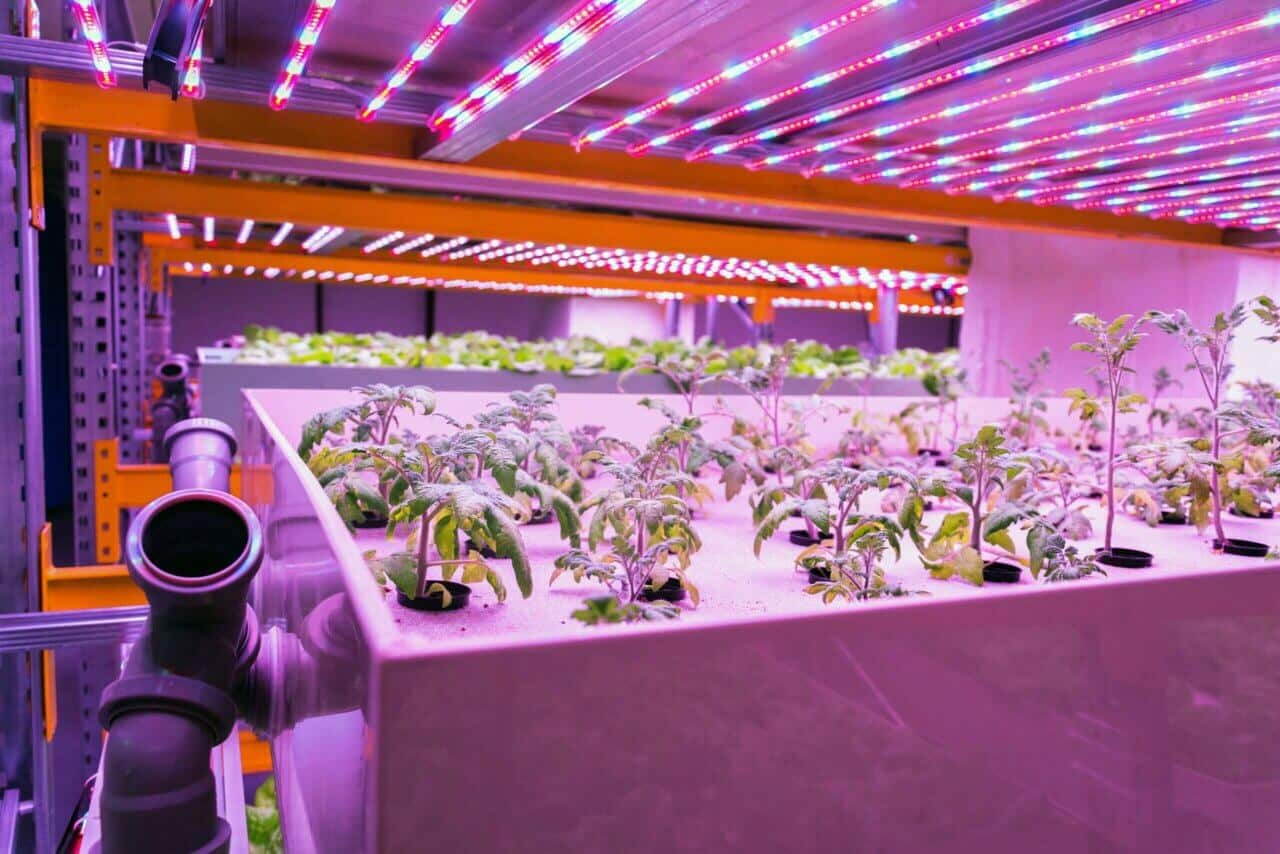
Using aquaponics for cannabis growing is not an uncommon method, however, while not as popular as more standard hydroponic methods it is becoming increasingly favored. Lety’s look at why this is.
Do you want to take your cannabis growing to the next level? Perhaps you’d want to make it more automatic, organic, or create a system looking cooler than anything you’ve ever seen? Let us introduce you to aquaponics. Many farmers avoid organic growing since the yields are lower than using hydroponic techniques. Conversely, aquaponic allows you to cultivate organic cannabis with outstanding results comparable to hydroponics. Organic cannabis is grown with relatively low resources. How? This post will show you how to cultivate cannabis using aquaponics. Here’s a straightforward approach to growing the greatest organic cannabis available.
Although aquaponics appears to be a fresh concept, it is one of the oldest. Aquaponics was utilized by the Aztec Indians as early as 1150 AD. They used reeds and grass to build little artificial islands in lakes. These “beds” or islands would house plants with their roots hanging in the water. Then, instead of fertilizing the plants, they let the lake’s natural ecology nourish the plants. In other words, the plants flourished on fish waste, while the Aztecs produced a variety of crops. Aquaponics has now extended to many other nations and is quite popular in locations with bodies of water. You now put up a similar setup at home to cultivate cannabis. Aquaponics is your rescue if you’ve avoided organic gardening due to its reputation for producing lower yields than hydroponics.
Water circulates in virtually all aquaponics systems between the area where plants are cultivated and a separate section where fish are maintained. There are several setups available to do this. Some configurations place the plants immediately above the fish. In contrast, others split the two systems in different rooms but connect them through an intake pipe and a return pipe, ensuring water continually cycles between the plant roots and the fish tank.
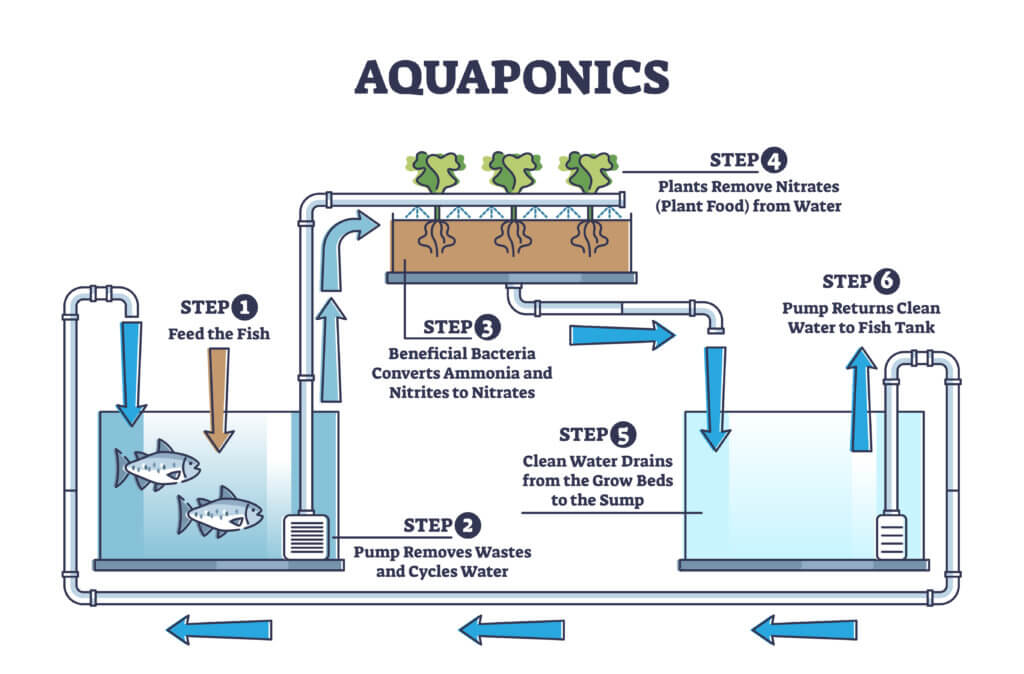
Any crop grown hydroponically is also able to grow aquaponically. However, the fish breeds available are rather limited to those grown in such close quarters in water suitable for hydroponic plant cultivation. Most of the time, one of three fish species is chosen: tilapia, perch, or trout. Those with larger tanks attempt catfish, while those who do not want to consume the fish produce goldfish in an aquaponic setup.
Aquaponic systems are popular among farmers since they provide several advantages. Let’s take a closer look at them.
Since it does not use any pesticides or fertilizers, the aquaponics cannabis system is entirely natural. Furthermore, it keeps your fish healthy and happy! Moreover, it is conceivable to manufacture both cannabis and fish utilizing the same technology.
Once you’ve mastered the fundamentals, you install your aquaponics systems almost anyplace – outdoors, greenhouse, bedroom, basement — anything you desire.
Aquaponics also takes far less labor and time than other techniques of cannabis growth. But remember to feed your fish on time!
Many individuals have indoor cannabis plants or grow cannabis indoors, but how many of your friends have an automated, autonomous system with an aquarium underneath? Aquaponics is a unique and excellent method of growing cannabis.
Aquaponics saves up to 90% of water since it is entirely self-sufficient and continually filters and reuses the water. Consequently, you need to replenish the water lost due to evaporation.
Growing cannabis in a hydroponic cannabis system is complicated enough, but growing it in an aquatic system is even more difficult. Growing using aquaponics is not suggested for inexperienced gardeners. Aquaponics is hard since you have two focuses: plants and fish, rather than cannabis plants. Using water as your grow medium, like growing in hydroponics, is difficult and often requires more equipment, time, and money. Moreover, the ability to balance the fertilizer from the fish getting into your plants is difficult for aquaponics. If you’re producing using aquaponics, be sure you understand nutrients for cannabis and pH levels and how to balance them.
Aquaponic systems are similar to hydroponic systems in many ways, but the source of nutrients for plants is different—nutrients originate from fish excrement. Plant roots collect nutrients and then clean the water before returning nutrients to the tank. The only input required is fish food, which is farmed or purchased. Nitrogen is the principal nutrient generated by fish excrement, with trace levels of other elements. As a result, simple aquaponic systems are excellent for vegetative development but require extra nutrients such as phosphorus and potassium for blooming. A double-root zone also helps with this.
A double-root zone divides roots into two sections: the bottom half of the pot is immersed in water, while the upper half is filled with soil. This enables the application of extra nutrients to the roots without polluting the water. Burlap is used to divide the two parts, allowing roots to pass through but preventing dirt from reaching the water. Avoid oversaturating the soil with extra fertilizers to keep the water below in the aquaponics setup clean.
Aquaponics is a method of producing cannabis by incorporating fish into the water chamber. This eliminates the need for liquid fertilizers in plants and instead relies on fish excrement, a more natural supply of nutrients. The growing of fish in addition to cannabis is another significant distinction.
Aquaponic cannabis cultivation is a fantastic approach to boost production entirely organically. You will still need to conduct some trial and error at first, but don’t lose up.
If you like the sound of cannabis aquaponics you should also look into aeroponic cannabis growing and bubbleponics.
Best Selling Cannabis Seeds
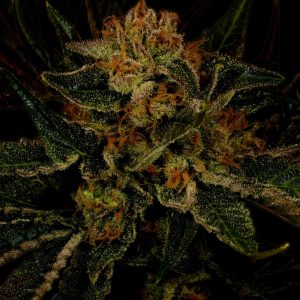
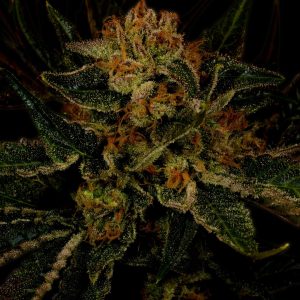
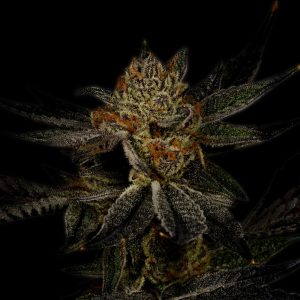
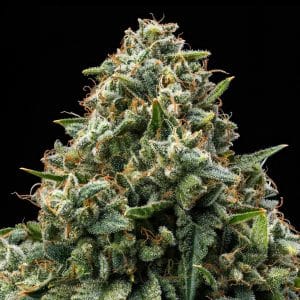
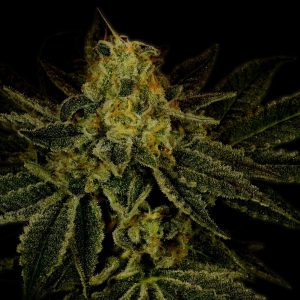
This product is not for use by or sale to persons under the age of 18. This product should be used only as directed on the label. It should not be used if you are pregnant or nursing. Consult with a physician before use if you have a serious medical condition or use prescription medications. A doctor’s advice should be sought before using any hemp products. All trademarks and copyrights are property of their respective owners and not affiliated with nor do they endorse this product. These statements have not been evaluated by the FDA. This product is not intended to diagnose, treat, cure or prevent any disease. By using this site you agree to follow the Privacy Policy and all Terms & Conditions printed on this site. All products contain less than 0.3% Cannabinoid-compliant with applicable Federal Laws. Please make yourself aware of any and all applicable laws regarding hemp in your jurisdiction. Premium Cultivars accepts no liability or responsibility regarding germination laws in any specific locale state or national jurisdictions.
We want to help you get your hands on the seeds you want, take 30% off your next purchase when you enter your email below!
We want to help you get your hands on the seeds you want, take 20% off your next purchase when you enter your email below!